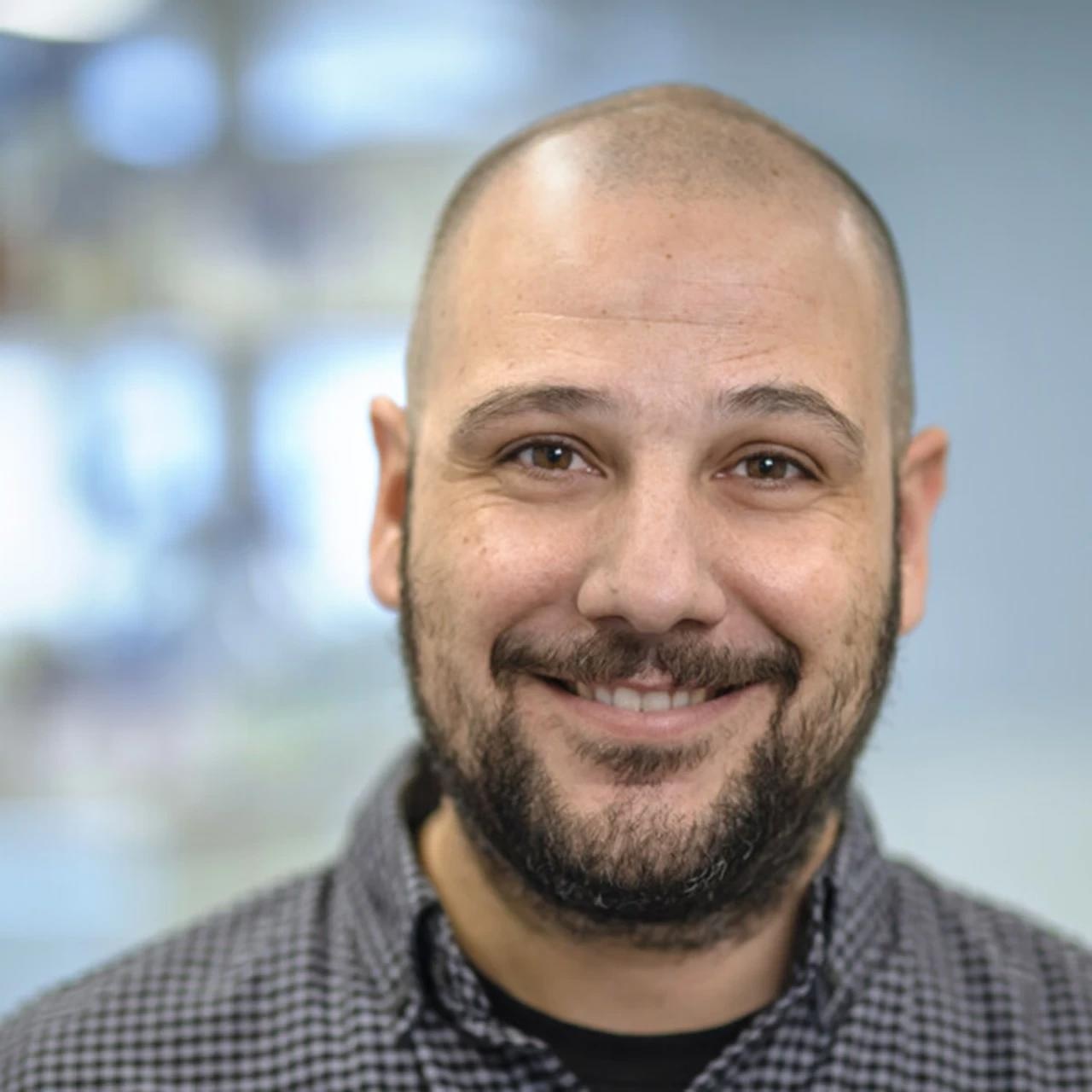Umeå University researchers have figured out how a particular type of protein travels during DNA replication. The discovery could affect the current understanding of how bacteria propagate antibiotic resistance genes.
 Ignacio Mir-Sanchis. Image Credit: Mattias Pettersson
Ignacio Mir-Sanchis. Image Credit: Mattias Pettersson
Studying DNA replication is a good starting point for potentially identifying targets for future drug development.”
Ignacio Mir-Sanchis, Study Lead Researcher and Assistant Professor, Department of Medical Biochemistry and Biophysics, Umeå University
All cellular organisms need to duplicate their genetic material, or DNA, to grow and reproduce: one copy of the DNA must go to one daughter cell, and the other copy must go to the other daughter cell. The DNA molecule can be viewed as a very long string of beads, with the beads representing the structural elements or units.
The pearl string is made up of two strands that are entwined to create a double helix-shaped spiral. The process of going from one to two DNA molecules—known as DNA replication—for the cell to reproduce its genetic material begins with the division of the two DNA strands. Cells have specialized proteins known as helicases that help break the two strands apart.
How helicases interact with one another and travel on DNA to split its strands has been discovered by a research team at Umeå University’s Department of Medical Biochemistry and Biophysics.
The cryo-electron microscopy, for which Umeå possesses one of Sweden’s most cutting-edge facilities, allowed for the finding. By using this method, researchers can capture images of a single molecule. They could create a video and observe how the helicases move by mixing millions of images.
When we analyzed our snapshots, we saw that the helicases move different parts, called domains, via two separate motions. Two domains rotate and tilt towards each other. These movements give us clues about how these helicases move on DNA and separate the two strands.”
Cuncun Qiao, Study First Author and Postdoctoral Researcher, Umeå University
The Staphylococcus aureus bacteria is studied at Mir-Sanchi’s lab which specializes in infection biology. Understanding the DNA replication of S. aureus, the viruses that infect it (known as bacteriophages), and viral satellites is of interest to researchers. Viruses that parasitize other viruses are known as viral satellites.
Due to the bacterium’s development of antibiotic resistance, S. aureus is now a huge menace that infects and kills millions of people annually. The study is even more pertinent to healthcare since it turns out that the genes responsible for antibiotic resistance can occasionally be found in viral satellites.
Mir-Sanchis added, “The findings broaden our understanding of how antibiotic resistance genes spread, although it is worth noting that the movements, we have identified here have also been seen in helicases found in eukaryotic viruses and even in human cells. It is always surprising how important mechanisms are conserved from bacteriophages to humans.”
Source:
Journal reference:
Qiao, C., et al. (2023). Staphylococcal self-loading helicases couple the staircase mechanism with inter domain high flexibility. Nucleic Acids Research. doi.org/10.1093/nar/gkac625